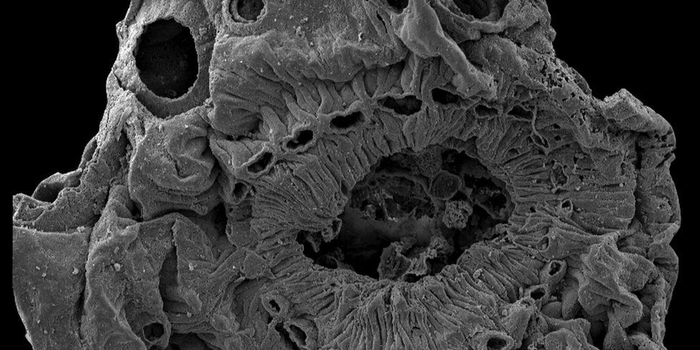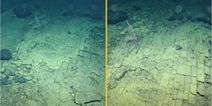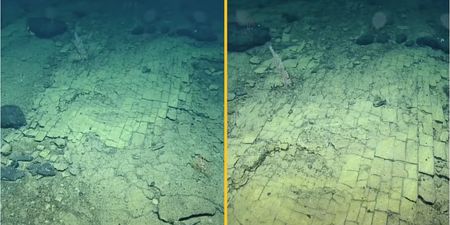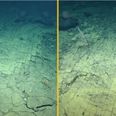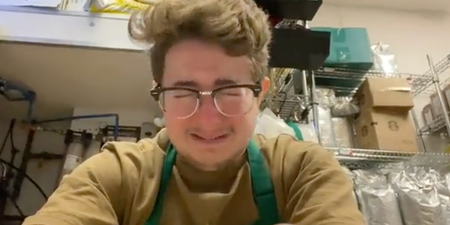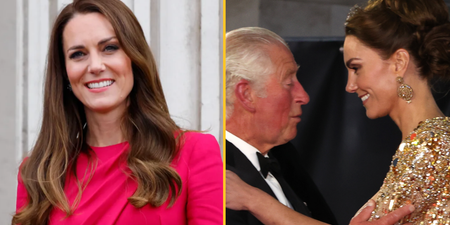We’re sure you’ll have fun in the comments, but this is actually quite cool
Scientists believes they have discovered the answers behind the mystery of the ancient creature with no anus. The final frontier, for sure.
The animal itself, estimated to be around 500 million years old, is the microscopic organism designated Saccorhytus coronarius and was once considered as one of the most distant relatives of the human race.
However, despite being initially characterised as part of a species named deuterostomes – those who typically grow an anus before a mouth – more recent findings suggests that the creature, casually dubbed the ‘angry minion’, actually belongs to something else entirely.
'Angry minion’ with a large mouth and no anus not related to humans, scientists conclude, ruling out theory that 535 million-year-old Saccorhytus coronarius is our earliest known ancestor—It is not a member of the deuterostomes, which vertebrates belong tohttps://t.co/lhQSs9I9Og pic.twitter.com/7ioU94Vsoo
— Alfons López Tena 🦇 (@alfonslopeztena) August 17, 2022
A new study published in the scientific journal, Nature, now proposes that Saccorhytus should be put into a completely different group of animals: a classification called the ecdysozoans – the very same that ancestors of spiders and insects belong to.
Led by a team of researchers in China and the UK, the study involved conducting detailed X-ray analysis of the creature, and upon closer examination they found that the holes surrounded its mouth were not what they first thought.
First interpreted as pores or gills – a common primitive feature of deuterostomes – another inspection of the 1mm creature found that they were actually the base of spines that had snapped off.
Explaining the purpose behind this particular part of the anatomy, researcher Emily Carlisle said “Saccorhytus would have lived in the oceans – in the sediment with its spines holding it in place”, not unlike a sea urchin and other echinoderms (starfish, brittle stars, sea cucumbers etc) – who are interestingly invertebrates.
Carlisle, who studied the creature in detail at the University of Bristol, explained to BBC Radio 4’s Inside Science: “It’s a bit confusing – [most] ecdysozoans have an anus, so why didn’t this one?”, adding that they believe its existence was essentially just sitting there on the sea bed.
She went on to insist that “There’s so much we can still learn about its environment, adding that “The more I study palaeontology, the more I realise how much is missing. In terms of this creature and the world it lived in, we’re really just scratching the surface.”
Related links:
- Scientist forced to backtrack as ‘new picture of star’ is revealed to be a chorizo
- Incredible case of the only known individual whose parents were two different species
- Mummified baby mammoth found almost perfectly preserved in Canada
